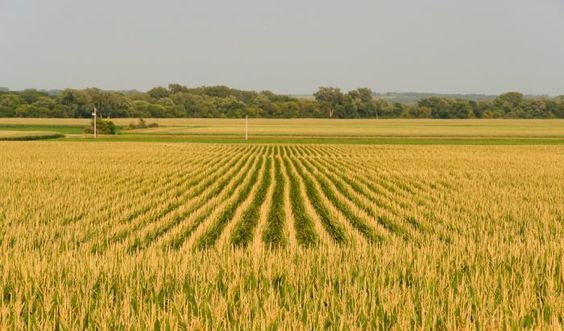Seeding Innovation: How Agricultural Finance Fuels Smart Agriculture Growth
Agricultural Finance sector is undergoing a significant transformation. Embracing technological advancements under the umbrella of “Smart Agriculture,” farmers are optimizing processes, increasing yields, and minimizing environmental impact. However, implementing these innovative solutions often requires significant capital investment. This is where agricultural finance steps in, acting as the fuel that propels smart agriculture growth.
The Rise of Smart Agriculture
Smart agriculture, also known as precision agriculture or digital agriculture, integrates data-driven technologies into farm management. From sensors monitoring soil moisture to drones capturing crop health data, these tools offer farmers a deeper understanding of their operations. This allows for:
- Precision application of resources: Fertilizer, water, and pesticides are applied only where and when needed, minimizing waste and environmental impact.
- Improved decision-making: Real-time data analysis helps farmers optimize planting times, predict yields, and identify potential problems early.
- Enhanced efficiency: Automation of repetitive tasks and streamlined workflows free up valuable time for farmers to focus on strategic planning.
The Financial Hurdle of Innovation
Despite the numerous benefits, implementing smart agriculture practices often comes with a hefty price tag. Precision farming equipment, data management software, and infrastructure upgrades can be significant financial burdens for farmers, especially small and medium-scale ones. Traditional lenders often view these technology investments as high-risk ventures, making it challenging for farmers to secure the necessary funding.
Agricultural Finance: Bridging the Gap
Agricultural finance institutions play a crucial role in bridging the gap between the need for innovation and the financial limitations faced by farmers. Here’s how:
- Specialized loan products: Recognizing the unique needs of smart agriculture, financial institutions are developing tailored loan products. These loans typically offer lower interest rates, longer repayment terms, and flexible collateral options to facilitate technology adoption.
- Grant and subsidy programs: Governments and agricultural organizations are increasingly offering grants and subsidies to incentivize farmers to invest in smart agriculture solutions.
- Alternative financing models: Innovative financing models, such as crowdfunding and revenue-sharing agreements, are emerging to provide access to capital for farmers who struggle with traditional loan applications.
Unlocking the Benefits of Smart Agriculture Finance
When farmers leverage smart agriculture finance, they unlock a range of benefits:
- Increased profitability: With improved efficiency, resource optimization, and higher yields, smart agriculture helps generate greater profit margins for farmers.
- Sustainability: Precision agriculture practices minimize environmental impact by reducing waste and promoting sustainable resource management.
- Enhanced Market Competitiveness: Smart agriculture-equipped farms are better positioned to meet the growing demand for high-quality, sustainably produced food.
- Improved Risk Management: Data-driven insights allow farmers to anticipate and mitigate potential risks, such as weather fluctuations and pest infestations.
Building a Collaborative Ecosystem for Smart Agriculture Growth
Agricultural Finance To fully realize the potential of smart agriculture finance, a collaborative ecosystem is crucial. This ecosystem should connect:
- Farmers: They need access to educational resources on the benefits of smart agriculture and available financing options.
- Financial institutions: They need to develop a deeper understanding of smart agriculture technologies and their potential returns on investment.
- Technology providers: They need to create affordable and user-friendly solutions tailored to the needs of diverse farming operations.
- Government and agricultural organizations: They need to provide supportive policies, infrastructure development, and research initiatives to foster smart agriculture adoption.
Looking Ahead: A Financially Empowered Future for Agriculture
Agricultural Finance By harnessing the power of agricultural finance, the future of agriculture promises to be one of increased productivity, sustainability, and resilience. As smart agriculture technologies continue to evolve, innovative financing solutions will play a critical role in ensuring that all farmers, regardless of size or location, can embrace these advancements. This will ultimately lead to a more secure and prosperous agricultural sector, capable of nourishing the world’s ever-growing population.




